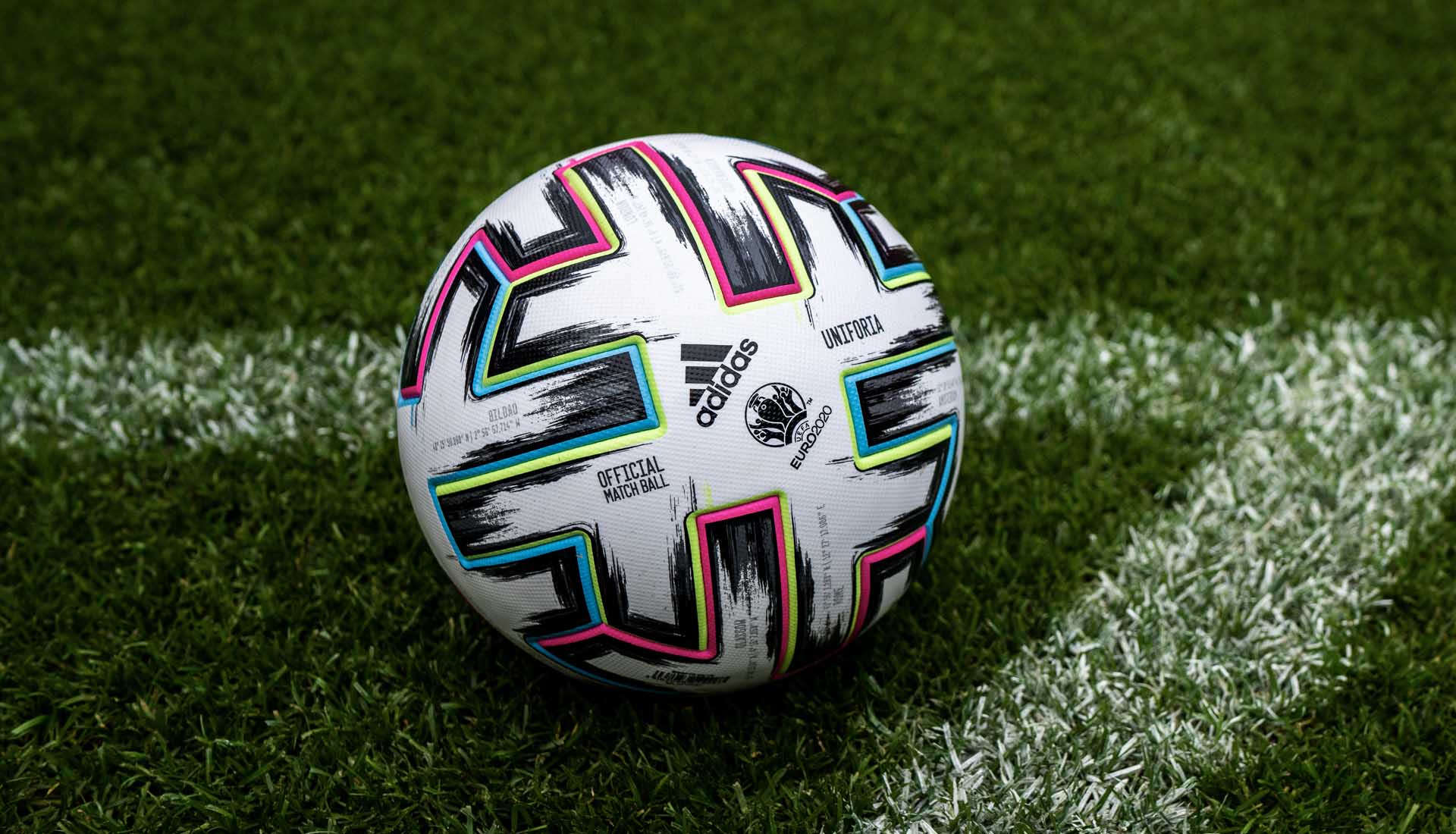
The history of the EURO
The history of the EURO
Yesterday the UEFA EURO 2020 began… in 2021, for reasons we all understand. The “EURO” (UEFA European Championship), typically occurring on a 4 year rotation, has grown to feature 24 nations.. In a move that former UEFA President, Michel Platini announced as a "romantic" one-off celebration of the 60th birthday of the European Championship competition, the EURO 2020 will be held in 11 different cities:
- Rome (Stadio Olimpico)
- Baku (Olympic Stadium)
- Copenhagen (Parken Stadium)
- St Petersburg (St Petersburg Stadium)
- Amsterdam (Johan Cruijff Arena)
- Bucharest (National Arena)
- London (Wembley Stadium)
- Glasgow (Hampden Park)
- Budapest (Puskás Aréna)
- Munich (Fußball Arena München)
- Seville (La Cartuja Stadium)

The very first edition of the EURO included only four teams (Czechoslovakia, France, Soviet Union and Yugoslavia). It was later expanded to 8 teams in 1980, then 16 in 1996, and now a historic high of 24 teams.
FIFA WORLD CUP
Ranking just under the FIFA World Cup as the most prestigious competition for national teams, it is often said that it is even harder to win than the World Cup. The World Cup, established in 1930, preceded the first Euro, however, the idea behind it goes back to earlier times. In 1927, Henri Delaunay, while acting in his role as secretary-general of the French Football Federation and member of FIFA, pushed for the creation of a European Football Championship and the first pan-European football tournament. He later became the first General Secretary of UEFA.

Working with Jules Rimet, the man who was largely behind the creation of the World Cup, Delaunay advocated for over 20 years to get the idea of the EURO off the ground. Eventually, the qualifying stages for the first European Championship began in 1958.

This came, unfortunately, three years after Delaunay's death. To acknowledge his role in the formation of this great tournament, the trophy is named in his honor. The Henri Delaunay trophy contains a figure of a juggling boy on the back and the words "Championnat d'Europe,” and "Coupe Henri Delaunay" on the front.
However, in 2008, it was redesigned to make the trophy larger and more in line with UEFA’s more modern trophies.The new prize is made of sterling silver, weighs 8 kilograms (18 lb), and is 60 centimeters (24 in) tall. The names of the winning countries are now engraved on the back.

The two most successful nations in the tournament’s history are Germany and Spain, with three titles each. Spain is the only nation to successfully defend its title, having done so in 2012. Germany has played the most matches (49), scored the most goals (72) and recorded the most victories (26). In 1984, France became the only nation to win all of its matches at a tournament (5 out of 5). In 1992, Denmark won the title with only two victories in five games.
Over the tournament's past, countless records have been made at European Championships, such as Michel Platini's top-scoring feat in Euro 84, bagging an unmatched nine in a single edition. The French midfielder scored nine goals in the 1984 edition, leading France to the trophy for the first time ever. He found the net in all five of France’s games, including back-to-back hat-tricks in the group stages and the opening goal in the final.

In UEFA Euro history,
these players have made most goals:
- Michel Platini (9 goals)
- Christiano Ronaldo (9 goals)
- Alan Shearer (7 goals)
- Henry Thierry (6 goals)
- Zlatan Ibrahimović (6 goals)
- Patrick Kluivert (6 goals)
- Nuno Gomez (6), and
- Ruud van Nistelrooy (6 goals)
If France’s Didier Deschamps lifts the trophy at EURO 2020, he would become the first person ever to win the World Cup and European Championship both as player and manager. The final of the 2020 European Championship will be played at Wembley Stadium. This is the second time the London venue will be hosting the final of the tournament after 1996.
Who is your pick? Join us.
Be a TENLEGEND®
